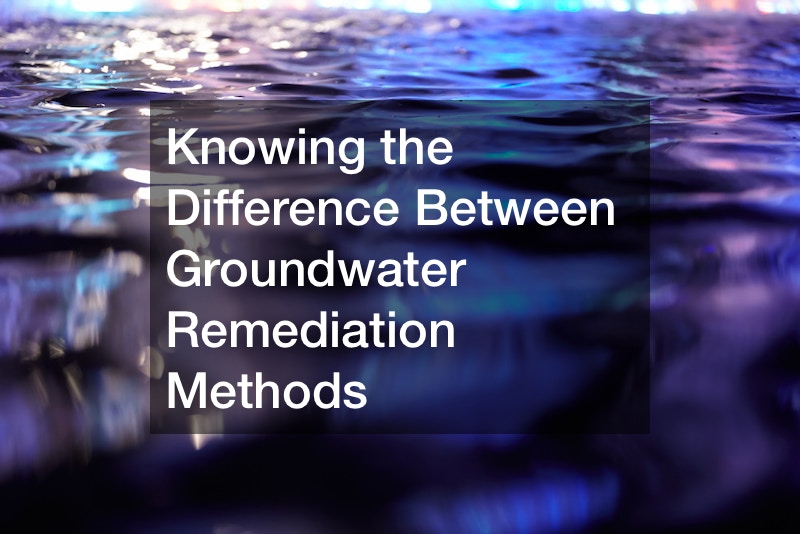Groundwater bubbles up and joins with the water in lakes and rivers affecting the health of the soil and water that people and ecosystems depend on. When groundwater becomes contaminated, it is in our best interest and that of everything around us to remediate it. Understanding groundwater remediation is important for everyone, whether or not we are directly involved in the process. In this article, we will learn the difference between different types of groundwater remediation and the groundwater remediation technology used to do it.
The Difference Between Groundwater Remediation Methods
Physical
The most basic form of groundwater remediation, physical remediation uses air sparging to strip impurities out of the water. Pump and treat physical remediation is another method that delivers similar results.
Biological
Biological groundwater remediation relies on plants, microorganisms, and other organic matter to break down certain substances naturally. This is similar to septic products that decompose waste matter in sewage.
Chemical
Finally, we can remediate groundwater using chemical means. These can take longer and can cost more, but in some cases, the end results can be superior, and certain contamination types may make it necessary.
.

